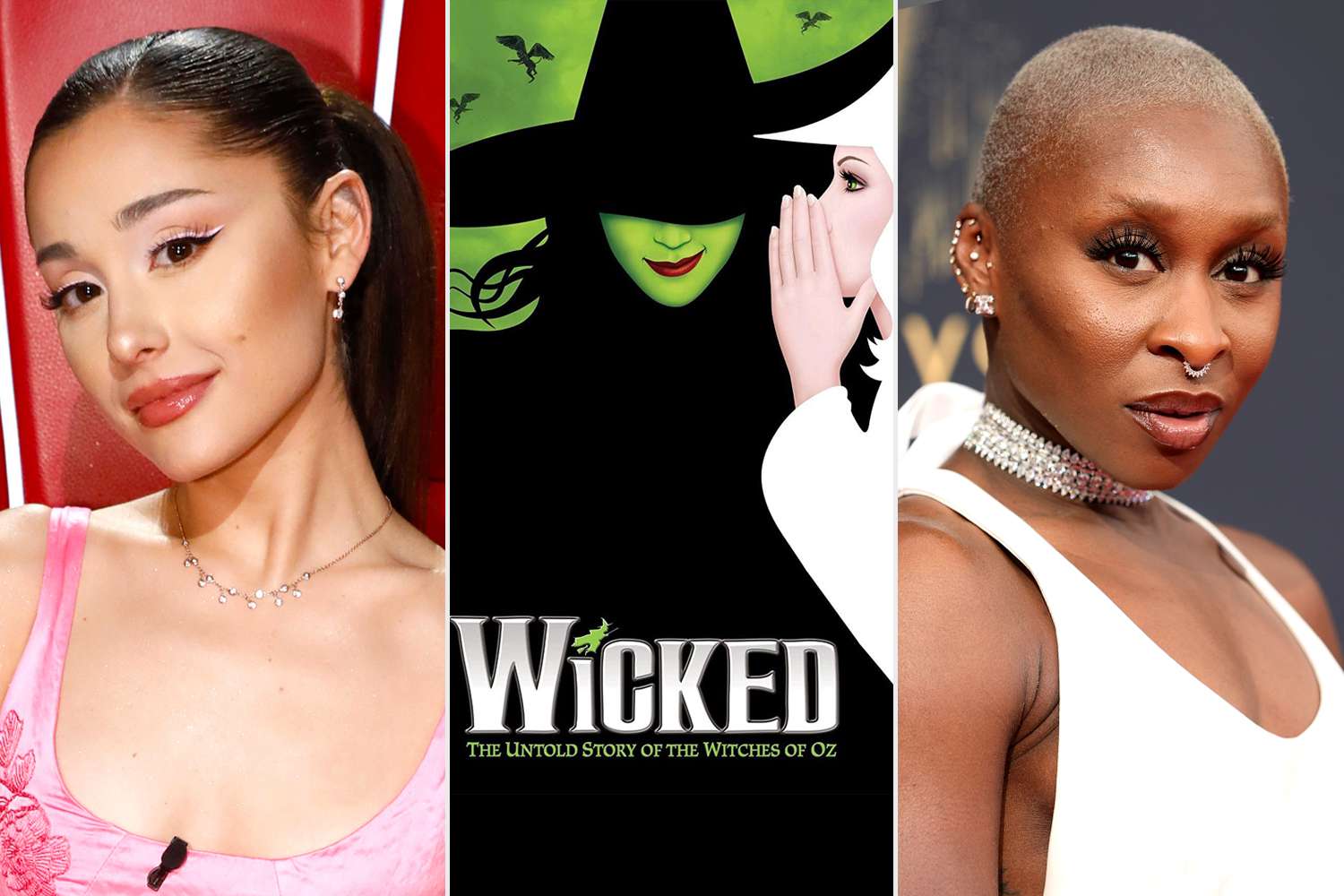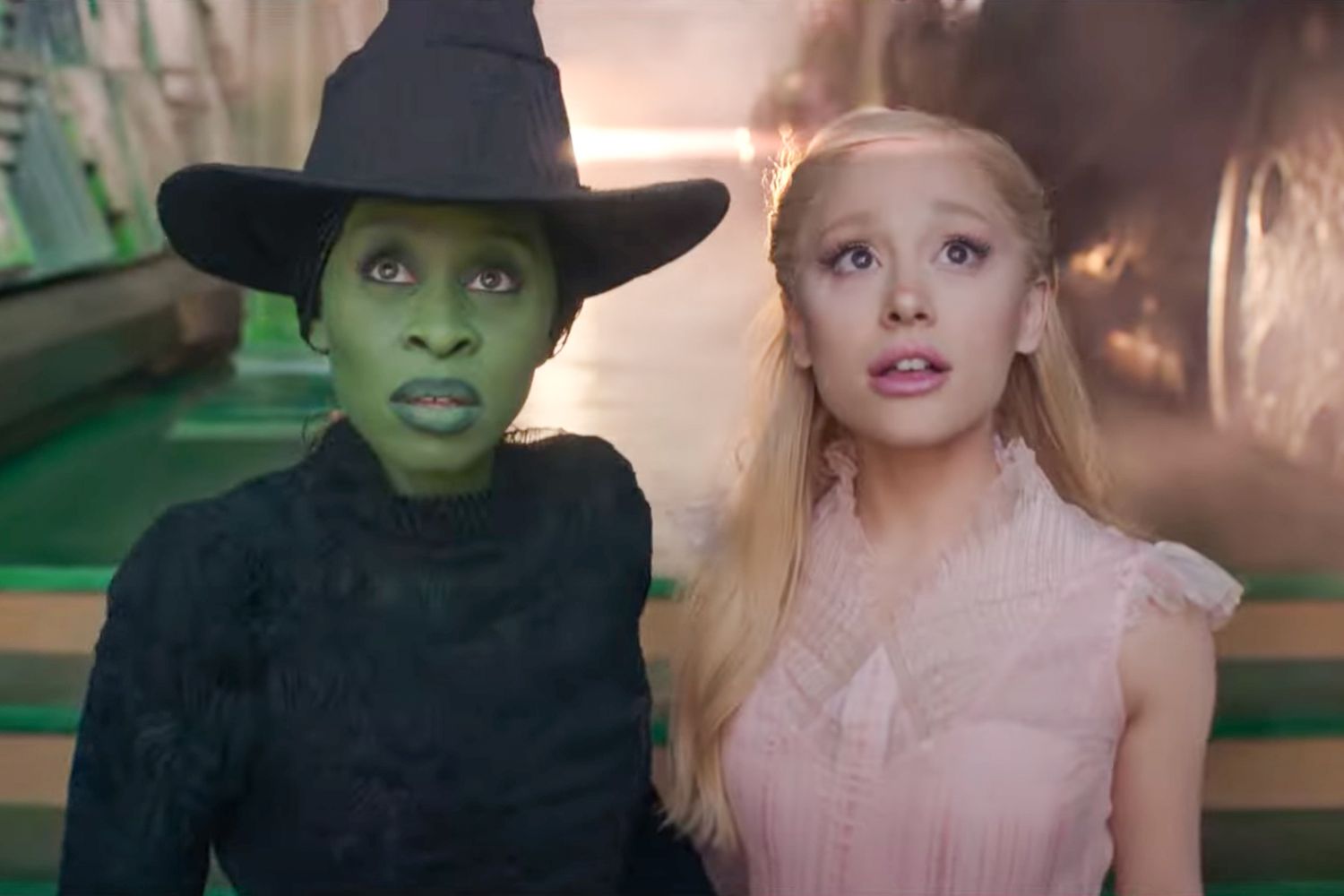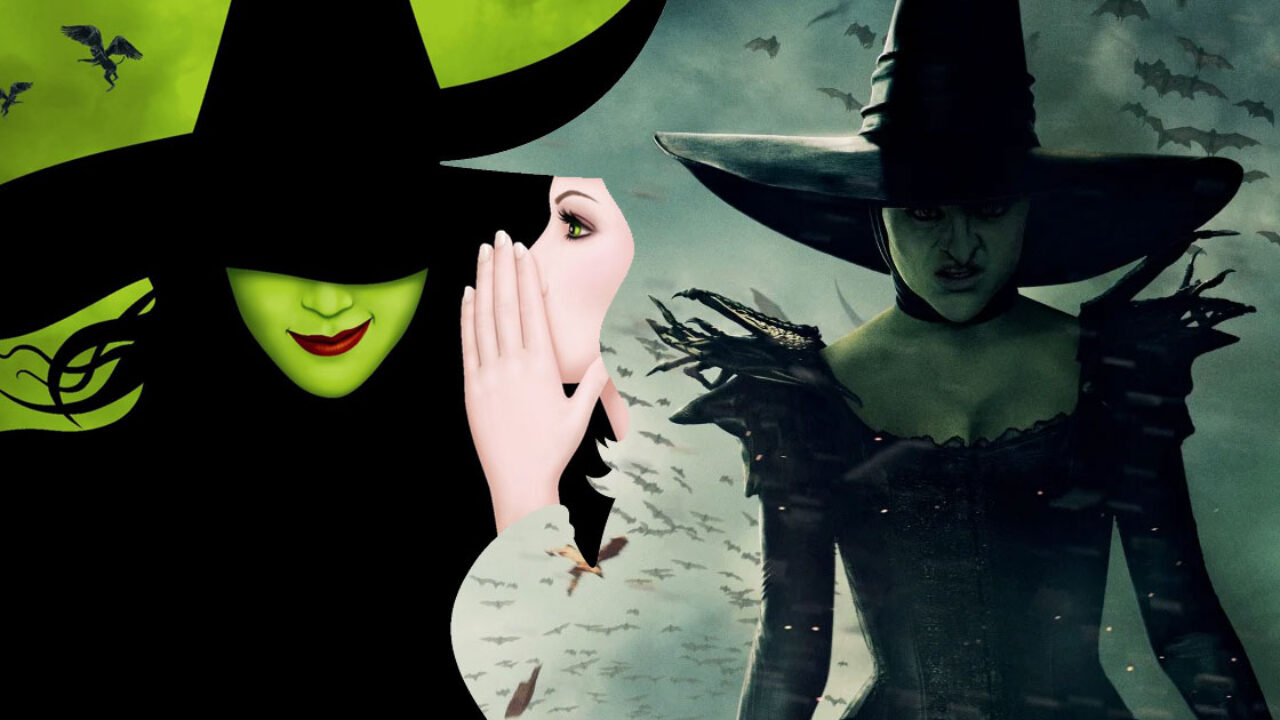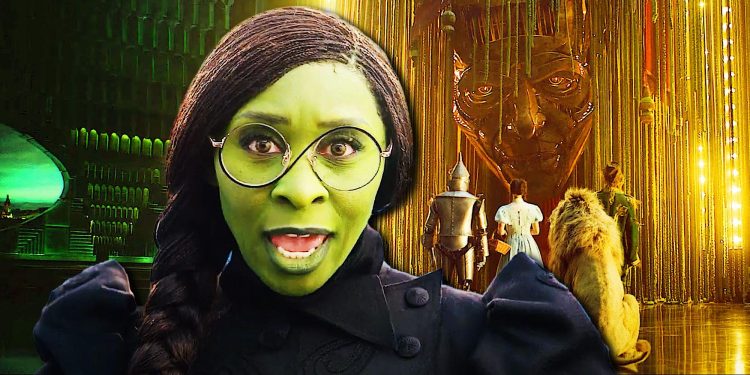Wicked’s journey from Broadway to the silver screen has been anything but straightforward in an era where Broadway to big-screen adaptations have seen both critical acclaim and box office success. The announcement that the tale of Elphaba and Galinda would finally grace cinemas has sparked excitement and curiosity among fans.
This journey, fraught with delays, changes in direction, and a global pandemic, reads like a screenplay of its own, filled with twists and turns that have kept fans on the edge of their seats.

Early Days: A Blockbuster in Waiting
“Wicked,” with its enchanting story set as a prequel to “The Wizard of Oz,” became an instant hit on Broadway in 2003. Its transition to film seemed inevitable, especially in light of the success of early 2000s movie musicals like “Moulin Rouge” and “Sweeney Todd.”
However, despite the musical’s immediate success and the potential for a cinematic blockbuster, it wasn’t until the success of “Les Misérables” in 2012 that Universal confirmed a film adaptation was in the works. This announcement was followed by a prolonged silence that left fans yearning for more details.
Casting Shadows and Delays
The excitement was reignited in 2016 when a release date was set, and Stephen Daldry was announced as director. Speculation abounded regarding the original Broadway stars, Idina Menzel and Kristen Chenoweth, reprising their roles.
Yet, the project encountered numerous delays, including a significant one when the film was removed from the schedule in 2018, making way for “Cats.” The subsequent silence, punctuated by the pandemic and Daldry’s departure due to scheduling conflicts, only added to the suspense and speculation surrounding the project.

A New Direction Under Jon M. Chu
As the world began to emerge from the pandemic, Jon M. Chu, fresh from his success with “In the Heights,” stepped in to direct, breathing new life into the project. The announcement of Cynthia Erivo and Ariana Grande taking on the roles of Elphaba and Glinda, respectively, signaled a major step forward. Yet, even with progress, the decision to split the story into two parts underscored the creative team’s commitment to preserving the integrity of the beloved musical, ensuring that no song or character was left behind.
WE’RE GOING BACK TO OZ ✨
LOOK: The first trailer for the film adaptation of the Broadway musical “Wicked” is out, giving a first look at Ariana Grande as Glinda, Michelle Yeoh as Madame Morrible, and Cynthia Erivo as Elphaba.
Directed by “Crazy Rich Asian's” Jon M. Chu,… pic.twitter.com/3NnysmD88p
— Inquirer (@inquirerdotnet) February 12, 2024
The Path Forward: Innovation Meets Tradition
Chu’s decision to create two installments allowed for a deeper exploration of the narrative and the introduction of new songs, promising an even richer experience for audiences. The journey of “Wicked” from Broadway to the big screen exemplifies the challenges and triumphs of adapting a beloved story. The dedicated efforts of the creative team to remain faithful to the original material, while also seizing the opportunity to expand the story, speak to a larger narrative of artistic integrity and innovation.

Anticipation Builds for Wicked
As “Wicked” prepares for its cinematic debut in 2024, the anticipation among fans and newcomers alike reaches a crescendo. The film promises not only to be a visual and auditory spectacle but also a testament to the enduring power of storytelling. In bringing “Wicked” to the big screen, the filmmakers have navigated a complex landscape of expectations and challenges, ultimately aiming to deliver an experience that captivates and enchants a new generation of viewers.
This journey, marked by patience, perseverance, and a deep respect for the source material, highlights the intricate dance between staying true to one’s artistic vision and adapting to the ever-changing landscape of film production. As audiences eagerly await the release of “Wicked,” they are reminded of the magic that occurs when dedication meets creativity, promising a film that will likely soar beyond expectations and become a defining moment in cinematic history.










